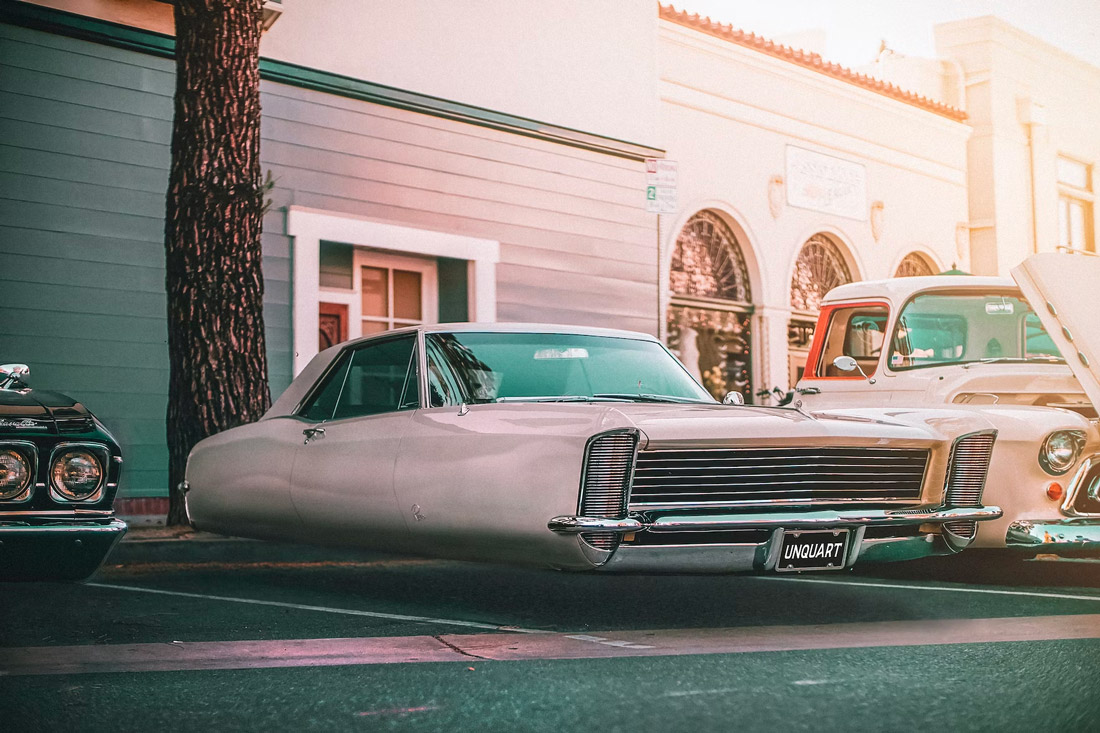6 minute read
It’s thrilling, isn’t it? Looking ahead and imagining what the world of transportation could look like just a few decades from now. Get ready to strap in for an adventure into the possible future of how we get around. This blog post is designed to ignite your curiosity, fuel your creativity, and show you the realms of possibility.
Consider for a moment the transformation of transportation over the past century alone. We’ve gone from horse-drawn carriages to high-speed trains, from rudimentary airplanes to super-advanced jets, and even landed humans on the moon. The pace of change is accelerating, and we’re here to explore two of the most exciting developments on the horizon: Hyperloop and flying cars. These could soon revolutionize how we travel, shrink distances, and redefine our understanding of mobility.
As we delve into the future, we want to assure you that this post was crafted by your custom writer, tailored to inform, inspire, and interact with you. We’ve taken utmost care to ensure our exploration of these transportation methods is rich, engaging, and, most importantly, grounded in facts and careful projections. So, whether you’re an aspiring engineer, a tech enthusiast, or just curious about the world of tomorrow, you’re in the right place.
The Marvel of Design: Why Hyperloop Could Work
Hyperloop, a concept that aims to hurl passengers and freight in pods through a low-pressure tube at speeds that could exceed 700 mph, is truly transformative. Think about it. We could cover the distance between Los Angeles and San Francisco – usually a six-hour car drive – in under 30 minutes.
The secret sauce behind Hyperloop’s remarkable speed is its design. By maintaining a near-vacuum environment within the tubes, the system minimizes air resistance, enabling the pods to achieve incredible speeds with relatively little energy. Moreover, the pods would hover using magnetic levitation, eliminating nearly all friction. The prospect of such rapid travel could fundamentally alter our perception of distance, making long commutes a thing of the past.
Of course, there are significant challenges to making Hyperloop a reality. We’re talking about developing a new mode of transportation from the ground up, which means extensive research, rigorous testing, enormous investment, and dealing with practical and regulatory issues. Yet, the companies pursuing this technology, like Virgin Hyperloop and SpaceX, are making steady progress, bringing us closer to this transportation revolution.
Soaring Above Traffic: The Promise of Flying Cars
Shifting gears from the ground to the skies, let’s examine the much-anticipated realm of flying cars. Yes, you heard that right, cars that can fly! Ever since we watched them zoom around in sci-fi movies, we’ve wondered, “When will flying cars become a reality?” Well, the future might be closer than we think.
The concept of flying cars, or more technically, electric vertical takeoff and landing (eVTOL) vehicles, offers a compelling solution to congestion in densely populated cities. Just imagine soaring over traffic during rush hour instead of being stuck in it. These vehicles would operate using electricity, making them more sustainable and quieter than traditional helicopters.
Defying Gravity: Challenges and Progress
Much like the Hyperloop, the development of flying cars comes with its share of challenges. These include designing vehicles that are safe, quiet, and affordable, establishing air traffic control systems to manage hundreds or thousands of vehicles in the skies, and implementing regulatory frameworks to govern their use. Despite these hurdles, companies like Uber Elevate and Joby Aviation are making headway, with test flights and demonstrations already underway.
Moreover, it’s essential to acknowledge that while these technologies promise to revolutionize transportation, they must be implemented thoughtfully. We must consider the impact on our infrastructure, power grids, and city layouts. Also, we need to anticipate and address potential social issues like noise pollution and privacy concerns that the widespread adoption of flying cars could trigger.
The Intersection of Hyperloop and Flying Cars
As we continue our journey into the future of transportation, let’s take a detour to a place where the lines between reality and imagination blur – the intersection of Hyperloop and flying cars. Could these two groundbreaking concepts potentially converge? Let’s entertain this thought.
Suppose we manage to overcome the challenges facing the implementation of both Hyperloop and flying cars, and they become integral parts of our daily commute. We would be living in a world where we could travel hundreds of miles in a matter of minutes using the Hyperloop and then hop into a flying car for the last leg of our journey, bypassing city traffic altogether.
The integration of these two modes of transport could lead to the development of advanced intermodal transport systems, where passengers use multiple modes of transport seamlessly within a single journey. Such a system could offer unprecedented convenience, drastically reducing travel times and making our cities more accessible.
Moreover, the advent of such futuristic technologies could also foster unprecedented collaboration across different industries, including transportation, telecommunications, energy, and even urban planning. This interdisciplinary unity could propel us even further into the future, opening up possibilities we can’t yet even begin to imagine.
Final Thoughts: Shaping the Future
It’s essential to remember that the future is not set in stone. It’s shaped by the decisions we make and the innovations we pursue. Both Hyperloop and flying cars represent extraordinary leaps in transportation technology, promising to reshape our world in exciting and profound ways. However, they also present significant challenges that need to be overcome.
As students and future innovators, you play a crucial role in this journey. Your ideas, creativity, and passion can help make these futuristic modes of transport a reality. So, keep questioning, keep learning, and remember, the sky (or maybe even the stars) is the limit! So, here’s to a future that is as extraordinary as we dare to dream.
There we have it, a quick journey into the possible future of transportation. We hope you found this exploration informative and inspiring. Remember, this is only the beginning. Stay curious, keep exploring, and who knows? You might be the one to make these dreams come true.






